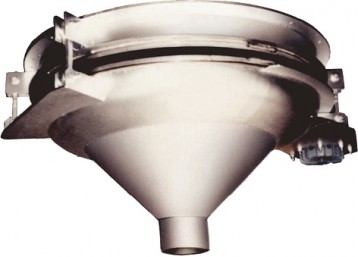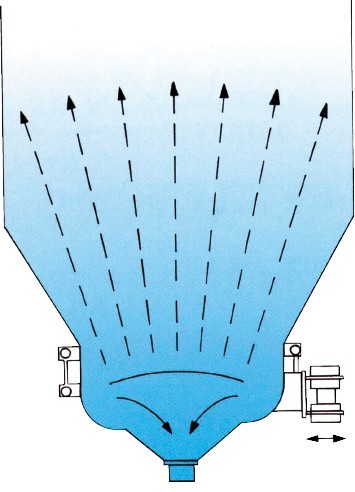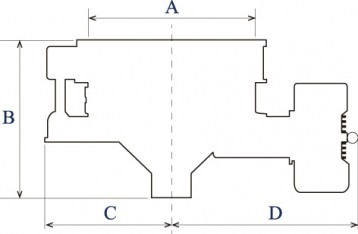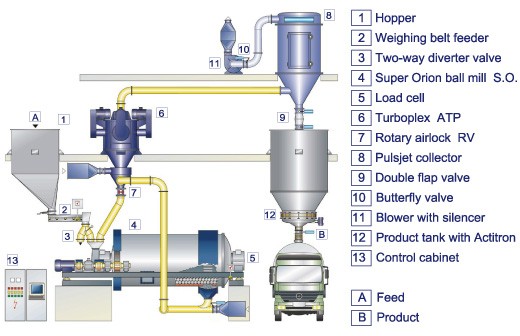- Industries & Machines Industries & Machines
- IIoT IIoT
- Service-Toll Processing Service-Toll Processing
- Material Material
- News News
- IR Information IR Information
-
Sustainability
Sustainability
Sustainability
- Introduction
- Sustaibality Policy - Mission Statement
- Editorial Policy
- Materiality & Strategy
- Technological contribution to a sustainable global environment
- Contributions towards a safer, more secure and prosperous society
- Sophistication of governance that supports business
- ESG Data Collection
- Sustainable Business Management ~ Finance
- Infromation Disclosure Based on TCFD Recommendations
- Jobs and Careers Jobs and Careers
-
About Us
About Us
About Us
- Corporate Vision
- Greetings (Company Introduction)
- Corporate Overview
- Corporate Profile
- Business Areas and Strengths
- Corporate History
- Hosokawa Micron Group
- Domestic Facilities
- Overseas Subsidiaries (Asia)
- Overseas Subsidiaries (Europe)
- Overseas Subsidiaries (America)
- Asian Agents
- Powder Technology Research Institute
- Industrial Property Rights
- Journals and Books
- Technical Information
- Annual Publication "Micromeritics"
- Compliance Charter
- Privacy Policy
- Cookie Policy
- Quality Principle

Industries & Machines
- TOP
- Industries & Machines
- Machines Search
- ACTITRON ACT
ACTITRON ACT

Summary
The Actitron is installed at the bottom of silos or a storage bin where its vibration enables the smooth discharge of powders preventing bridging, arching and rat holing. Regardless of small or large silos, new installation or retrofit, installation of an Actitron allows for the smooth discharge of powders even when stored for extended periods of time. The Actitron is suited for silos or storage tanks of grains, minerals, foodstuffs and chemicals.
(ACTITRON is a registered trademark of HOSOKAWA MICRON CORPORATION in Japan)
Principle

Fig.1 Schematic structure
The Actitron consists of a conical discharge section (vibration cone), a fixing ring to connect the Actitron to a storage tank, a vibration cone support equipment with vibration reduction features, and a flexible sleeve connecting the vibration cone to the fixing ring. A vibration motor with adjustable excitation force is used to drive the Actitron.
The vibration motor uses a rotating eccentrically fixed weight to produce a strong vibration force. This force is transferred to the baffle plate which moves in a horizontal circular vibration causing a “wedge effect” in the powder breaking up bridging. The material drops along the outer periphery of the vibration cone. The baffle plate supports the weight of the powder above it preventing any load from compressing the material that drops down into the vibration cone allowing for smooth discharge of material.
Features
- Can be used to discharge material from any kind of powder storage tank or silo.
- Can discharge first in / first out
- Very small chance of flash flow due to the mass flow effect
- Segregation is minimal during discharge
- Can be adjusted depending upon the powder characteristics
- Simple and robust design
Applications

Fig.2 Dimensions
Construction materials:
wood powder, cement, plaster, slate, limestone etc
Foods :
flour, coffee, cornstarch, starch, soy meal etc.
Chemicals :
pigment, plant protective agent, cosmetics etc
Plastics :
epoxy, melamine, urea, AS, vinyl, PVC etc.
Others :
fly ash, activated carbon, minerals, industrial materials, animal feed, barium titanate, etc.

Fig.3 Flow

Feel free to contact us. if you have any questions or concerns.

